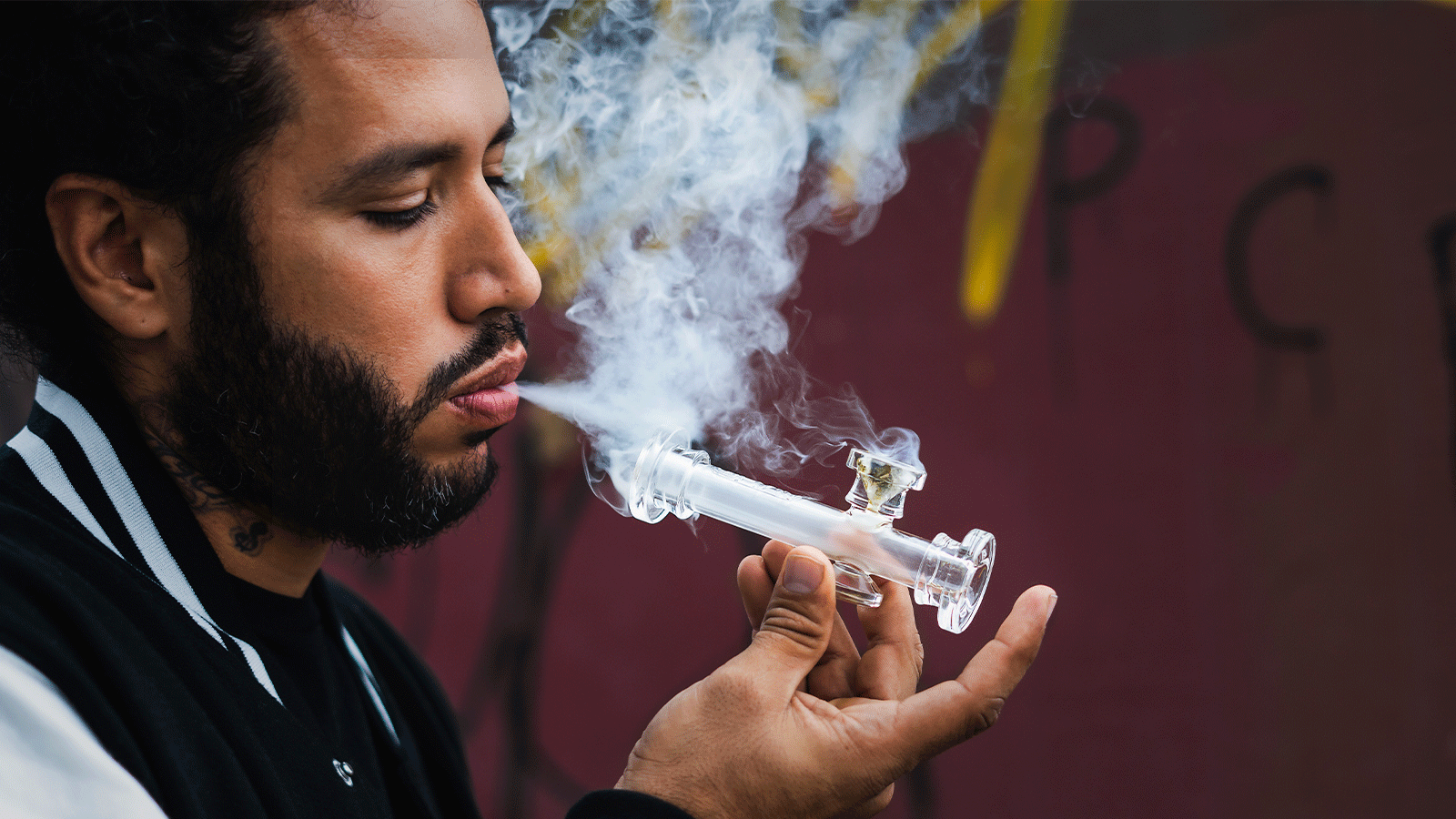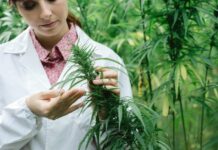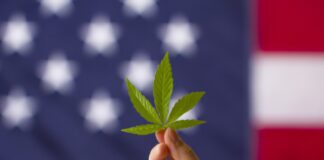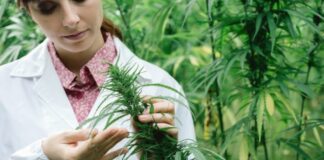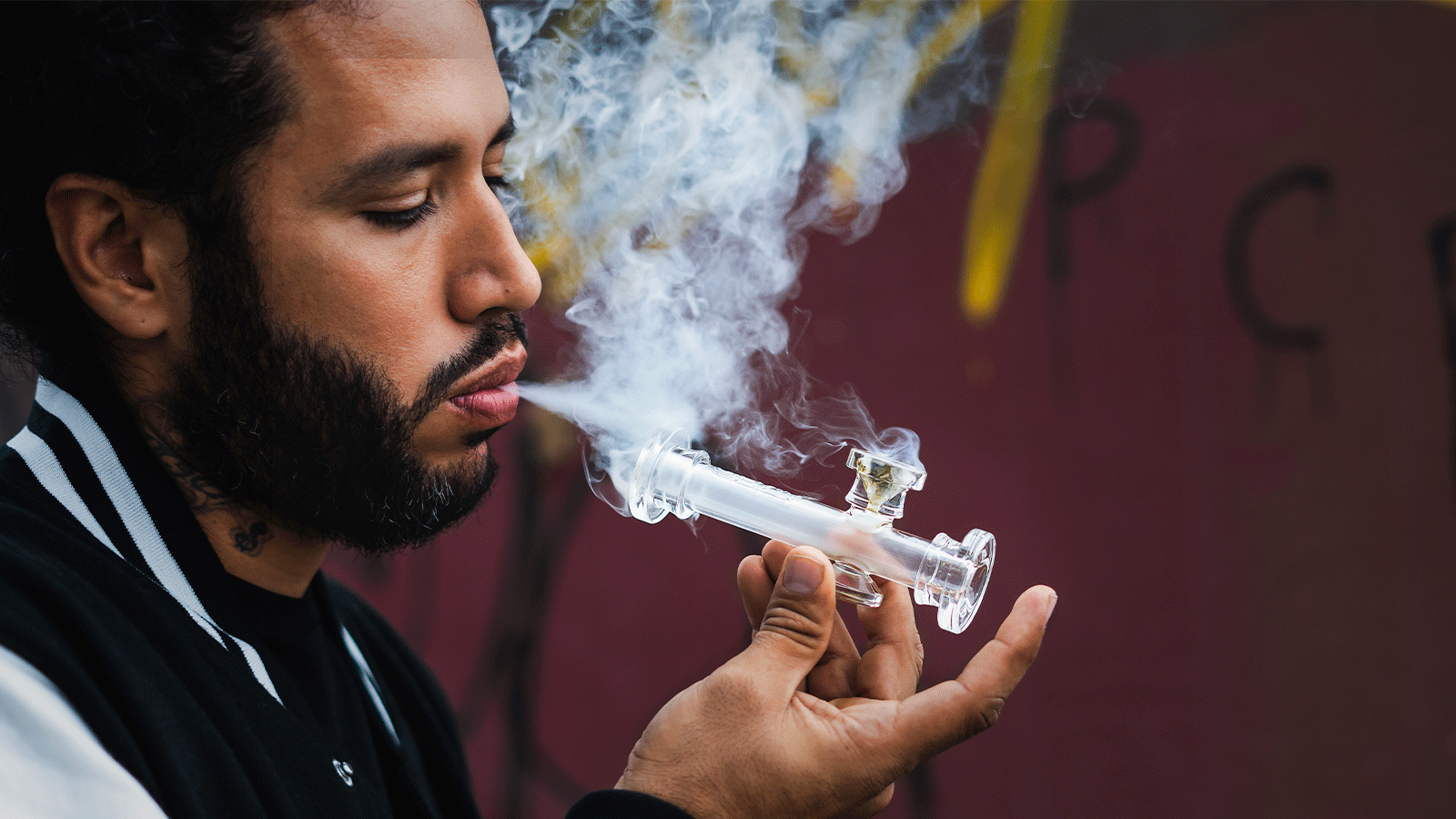
The long-held belief that marijuana use leads to the use of hard drugs has become a political football as states grapple with the legalization of cannabis. Marijuana’s status as the so-called “gateway drug” is one of the most frequently referenced reasons people oppose cannabis legalization. But in fact little, if any, strong scientific evidence supports assertions that marijuana is a gateway drug.
Researchers at the Benjamin Center for Public Policy Initiatives, based at the State University of New York (SUNY), New Paltz, published a paper in 2017 titled “The Marijuana Gateway Fallacy.” They found that despite extensive research identifying that any potential harms of marijuana pale in comparison to tobacco and alcohol, marijuana continues to be a key anti-drug focus for many.
There has been no evidence proving that (marijuana is) a gateway drug. Click To Tweet
“There has been no evidence proving that it’s a gateway drug,” one of the paper’s authors, Eve Waltermaurer, Ph.D., told Weedmaps News.
The paper compiles research on marijuana and its effects on users as far back as 100 years ago, starting with the 3,000-page Indian Hemp Drug Commission Report, which concluded in 1894 that even moderate use of cannabis caused no significant physical, mental or moral damage to users. Yet policy choices over the years were often based on marijuana being consistently categorized with more dangerous substances, such as heroin and cocaine. Research, however, hasn’t shown that to be true.
A History of Misinformation
Harry Anslinger, the creator of the U.S. Marihuana Tax Act warned in 1937 that some marijuana users “will fly into a delirious rage, and they are temporarily irresponsible and may commit violent crimes.” Shortly after, the film “Reefer Madness” came along to help spread those claims, the paper notes.
A strong association of marijuana as a stepping-stone drug can be found in the late 1960s inside the Federal Bureau of Narcotics, which argued that drug dealers sought to hook individuals on marijuana in order to switch them to stronger, more expensive drugs, according to the Benjamin Center paper. This was despite research that noted that marijuana sources, who were typically acquaintances, were vastly different from dealers of other drugs.
“I think it’s a combination of politics and misinformation,” said Waltermaurer, who holds a Ph.D. in epidemiology from SUNY Albany‘s Department of Epidemiology and Biostatistics. “For some, it’s more comfortable to be anti-marijuana in fear of what their constituents might think of them: being pro-drugs. But I think there are also many who are just misinformed and are buying into the myth of marijuana being a gateway drug.”
Paul Armentano, deputy director of the National Organization for the Reform of Marijuana Laws (NORML), has spent a great deal of time looking for research linking marijuana as a gateway drug or discrediting the notion.
“You won’t find many studies whether it’s a gateway drug, you will find literature that either supports or denies a sequential relationship,” he said.
Evidence Doesn’t Support Claims
Armentano points to a 1999 study from the National Academies of Sciences, Engineering, and Medicine, “Marijuana and Medicine Assessing the Science Base,” which stated, “there is no conclusive evidence that the drug effects of marijuana are causally linked to the subsequent abuse of other illicit drugs.”
The National Academies paper notes that because marijuana use typically precedes rather than follows other illicit drug use, it could be viewed as a “gateway” drug.” However, underage tobacco smoking and alcohol use typically precede marijuana use, therefore “marijuana is not the most common, and is rarely the first, ‘gateway’ to illicit drug use,” the paper stated.
Armentano believes many marijuana users don’t progress to harder substances, and most even cease marijuana use at a point in life when they are getting married and starting a family. He also argues that with numerous surveys showing that half or more of all Americans say they have tried marijuana, the statistics on addiction don’t point to it being a gateway drug.
“If marijuana had a strong causal relationship in motivating individuals to use other drugs, we would have much higher rates of other drug use in this country,” he said. “Marijuana has been used by over half the adults in this country, but when you look at the percentage of adults who have gone on to use other illicit substances, it’s nominal.”
Study Appears to Find Gateway Effect, But Fall Short
There are studies that appear to assert, in a roundabout way, that marijuana is a gateway drug, using simple logic that marijuana is likely to be the first among illicit drugs that people try. A 2015 report, “Probability and predictors of the cannabis gateway effect: A national study,” published by Elsevier’s International Journal of Drug Policy, concluded that a large proportion of individuals who use cannabis go on to use other illegal drugs.
“Lifetime cumulative probability estimates indicated that 44.7 percent of individuals with lifetime cannabis use progressed to other illicit drug use at some time in their lives,” the report stated. “Several sociodemographic characteristics, internalizing and externalizing psychiatric disorders and indicators of substance use severity predicted progression from cannabis use to other illicit drugs use.”
According to the report, during the second year after first cannabis use, the probability of other illicit drug initiation was 8.7 percent, and the estimated cumulative probability of other illicit drug initiation a decade after the onset of cannabis use was 36 percent. The report also showed that the majority of respondents in the study who progressed to other illicit drugs were male, between ages 30 and 44, and were U.S.-born urban residents who had less than high school education.
Issues of Youth Consumption
A 2017 paper published in Addiction, “Disentangling longitudinal relations between youth cannabis use, peer cannabis use, and conduct problems: developmental cascading links to cannabis use disorder,” maintained that among youths, using marijuana is not a good indicator of the possibility of addiction of conduct issues.
“Cannabis use in adolescence does not appear to lead to greater conduct problems or association with cannabis‐using peers apart from pre‐existing conduct problems,” the paper states. The paper’s authors aimed to determine whether cannabis use during adolescence can increase the risk for cannabis use disorder, and other conduct problems.
The theory that (cannabis) somehow opens the door or is a cause of later drug use, that theory is no longer regarded as credible. Click To Tweet
“The theory that it somehow opens the door or is a cause of later drug use, that theory is no longer regarded as credible,” said Dan Romer, Ph.D., one of the authors of the paper. “A lot of people who use these drugs do not go on to use other drugs.”
Romer is research director of the Annenberg Public Policy Center at the University of Pennsylvania in Philadelphia and director of its Adolescent Communication Institute. Romer has found in his research that cognitive control and impulsivity are better measures of whether young people are likely to become addicted to drugs. These traits can begin to show in children as early as ages 3 to 5, who show early signs of attention-deficit/hyperactivity disorder, or kids who begin to exhibit antisocial behavior and have difficulty externalizing problems.
“Impulsivity is a very strong predictor,” Romer said.
Cannabis as an Exit Drug
Dr. Uma Dhanabalan, who operates Uplifting Health and Wellness in Natick, Massachusetts, has been prescribing cannabis to patients since 2012 and has been practicing in Massachusetts since 2014. She’s amassed data from more than 5,000 visits and recently completed a yet-to-be-published study following the cases of 30 chronic pain patients weaned from opioids and prescription medications using cannabis.
“We clearly know and have the data to show that it is clearly not a gateway drug, it is an exit drug,” Dhanabalan said.
Dhanabalan declined to say until the paper is published what percentage of patients in the study were able to get off of opioids and prescription medications and stay off, but she said that “it’s definitely statistically significant.”
More than three-quarters of respondents to a recent survey said they use cannabis as a substitute for another substance. Researchers looked at data from roughly 400 patients at medical cannabis dispensaries in British Columbia, Canada, to examine the impact of medical cannabis on the use of other substances.
The 2013 study, published in Addiction Research & Theory, “Cannabis as a substitute for alcohol and other drugs: A dispensary-based survey of substitution effect in Canadian medical cannabis patients,” showed that 41 percent of respondents stated they use cannabis as a substitute for alcohol, 36.1 percent used it as a substitute for illicit substances and 67.8 percent used it as a substitute for prescription drugs. The primary reasons cited for this cannabis substitution were “less withdrawal,” “fewer side-effects” and “better symptom management.”
The researchers say this suggests that “many patients may have already identified cannabis as an effective and potentially safer adjunct or alternative to their prescription drug regimen.”


